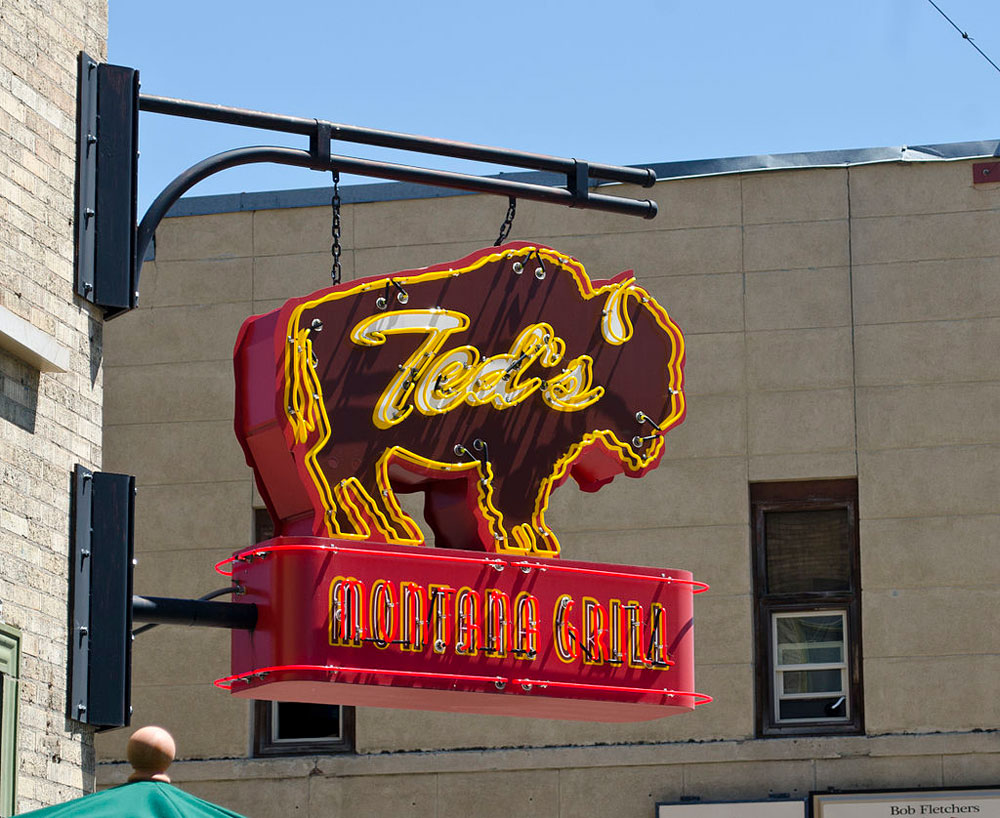
December 2, 2020; Washington Post, “Business”
This past Tuesday, in response to a Freedom of Information Act lawsuit filed by 11 news organizations, the Small Business Administration (SBA) released the latest data concerning the loans from the government’s Paycheck Protection Program (PPP). The program was intended to help create a bridge for small businesses harmed by the pandemic, but as it turns out, more than half of the money went to just five percent of recipients. A quarter of the dollars disbursed went to the top one percent. (Perhaps this pattern seems familiar to you, reflecting as it does the results of other economic policies of recent past.)
Many of those who got those loans were anything but the types of businesses the money was meant to serve. The New York Times reports that some of the biggest loans went to around 600 businesses, including “powerful law firms like Boies Schiller Flexner,” restaurant chains like “Ted’s Montana Grill, which was started by [media mogul Ted Turner]; TGI Fridays; P.F. Chang’s; Black Angus Steakhouse; and Legal Sea Foods,” as well as “the operator of New York’s biggest horse tracks.”
The SBA obscured the realities at hand by saying, for instance, that 87 percent of loans went out in amounts of less than $150,000 to smaller endeavors. That is true, but at the same time, those loans only comprised 28 percent of the money disbursed. This tendency toward many half-truths that sum up to a lie may also feel familiar.
Liz Hempowicz, director of public policy for the nonprofit Project on Government Oversight, emphasizes that the first round of PPP funding favored those with established banking connections. Others without those established relationships found it harder to get through the process, meaning that smaller operations lost out on funding at a critical time.
“Businesses in that top five percent likely have access to other capital,” she notes. “These are not the ones you would traditionally think of as a small business.”
Since larger businesses have more experience in gaming the system, this produced some odd outcomes. For instance, according to the Washington Post, “Many companies were reported to have ‘retained’ far more workers than they employ. Likewise, in some cases, the agency’s jobs claim for entire industries surpassed the total number of workers in those sectors.”
Sign up for our free newsletters
Subscribe to NPQ's newsletters to have our top stories delivered directly to your inbox.
By signing up, you agree to our privacy policy and terms of use, and to receive messages from NPQ and our partners.
“It really raises questions about what the priorities of this SBA are,” says Hempowicz. “Is it to help small business, or is it to return money to the top segment of the economy?”
But to be fair, big corporations were not the only ones lining up for the trough. The Post reports:
A “blanket approval” allowed Congress, officials and their families to receive PPP funds without a required conflict of interest review. Several members of Congress, including some who helped shape the program’s rules, benefited from funds.
Meanwhile, back on Main Street, based on analysis of thousands of its clients who received PPP loans, “payroll processor Gusto estimates small businesses laid off about 232,000 workers nationwide soon after their PPP requirements expired.”
Then again, no one ever suggested that this process was just, or had integrity. While restaurant chains with lots of capital were awarded loans for their businesses’ separate locations, the SBA was actively attempting to claw back money that had been awarded to independent Planned Parenthood clinics based on Senator Marco Rubio’s charge that they were too closely associated with the national body.
We hope the lessons from this have been taken, as we anticipate some movement on a new, albeit minuscule, stimulus package to hold us over until January. Then again, we’ll believe it when we see it.—Ruth McCambridge













